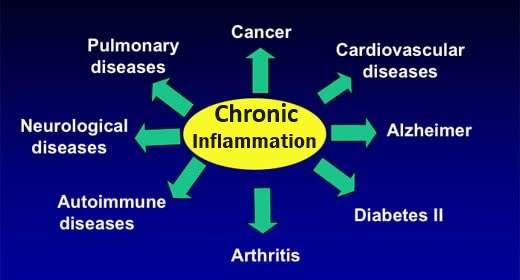|
Functions in body
|
Sufficient vitamin
A needed for mineral uptake /
utilization of water-soluble vitamins;
• Essential for good eyesight
(retinal component) - Vitamin A is called "retinol" because of its
presence in the retina;
• Builds muscle;
•
Utilizes protein -initiates gastric juice secretion; (High-protein diet depletes
vitamin A - e.g. heavy meat-eating);
•
"Beauty"Vitamin - keeps the skin smooth and soft
• Improves growth in nutrient-deprived children;
• Powerful inhibitor of prostate cancer
;
• Antioxidant -controls free radicals in body fats,
and its presence in Cod liver oil protects against lipid peroxide
damage.
• Growth/repair of body tissues - used in cell division.
• Helps build strong bones/teeth,
rich blood;
•
Protects mucous membranes of mouth / nose / throat / lungs / entire digestive tract / bladder
/ kidneys .
•
Immune system builder;
•
Vitamin A protects against possible dioxins and pesticides
(a useful ingredient in cod liver oil)
• Reproduction -
necessary for sperm production. Used in cell division and
differentiation (i.e. cell decides what it will be), and prenatal
development (Aids RNA production); Prevents spontaneous abortion.
• Sex Hormone Production
-needed for conversion of cholesterol into steroid hormones
|
Vitamin D does much more than aid calcium absorption for bone strength:
• Vitamin D3 (the vitamin D form produced in the body by the action of sunlight on
skin) is converted via liver, then kidneys and nearly all body cells to
its active hormone form, called
CALCITRIOL.
• Virtually all the body's
cells have vitamin D receptors - meaning they use
vitamin D to function properly.
• Upregulates nearly 3000
genes -considering that your body only has ~25,000
genes helps one to grasp D's enormous influence on health;
Vitamin D affects DNA through vitamin D receptors (VDRs), which bind to
specific locations of the human genome;
• Bone Formation and Strength -By promoting intestinal calcium and phosphate absorption,
vitamin D helps to form and strengthen bones.
• Aids repair and maintenance;
• Regulates Immune system and
Inflammation -
vitamin D up-regulates an important gene for fighting infections and
controlling chronic inflammation. This gene produces over 200 anti-
microbial peptides, most importantly, cathelicidin, a natural
broad-spectrum antibiotic (the reason vitamin D is so effective against
colds / flu and why flu occurs in winter).
Since vitamin D modulates immune response it can prevent over-reactive inflammation leading to autoimmune disorders
E.g. Crohn's Disease, IBS, Rheumatoid arthritis.
• Has anti-cancer properties, especially against breast, colon, ovarian and prostate cancer.E.g.Prostate cancerhas been found to be inversely
correlated to geographic availability of sunlight and skin darkness.
Vitamin D at certain levels is growth inhibitory to prostate cells.
Tuohimaa P. et al, Both high and low levels of blood vitamin D are
associated with a higher prostate cancer risk.
• Precursor to the steroid hormones.
•
Effective antioxidant against lipid peroxidation
Wiseman H. Vitamin D is a membrane antioxidant
|
|
Signs of Deficiency
|
•
Goose bumps on skin (mostly at back of upper arm);
• Night blindness;
• Keratomalacia (severe nutritional deficiency, corneal
ulceration, extreme eye dryness);
• Increased rate of infection;
• Increase in mortality;
• Advanced deficiency affects mucous membranes of
respiratory/gastro-intestinal/genito-urinary tracts.
• Deficiency in pregnancy causes malformations in
baby -eye-defects, displaced kidneys, harelip, cleft palate, heart
abnormalities, larger blood vessels.
Vitamin A stores are rapidly DEPLETED by EXERCISE, FEVER and STRESS
|
• Research implicates vitamin D deficiency in many disorders;
www.vitamindcouncil.com/research.shtml
• Body unable to control
calcium and phosphate levels - Low blood levels of
vitamin D cause release of calcium and phosphate from bones.
Consequentially, bones form, but without becoming dense and hard(i.e. mineralized)
à Rickets in children(softening of the skull bones, bowing of the legs, spinal
curvature, increased joint size.).
• Osteomalacia in adults (Pain in the joints/hips, back, ribs;Muscles in
the upper arms and thighs become weak; Fatigue; Waddling; bone
fractures) -often seenin
the elderly, who generally receive little sunlight. (Malacia means
"softening").
|

